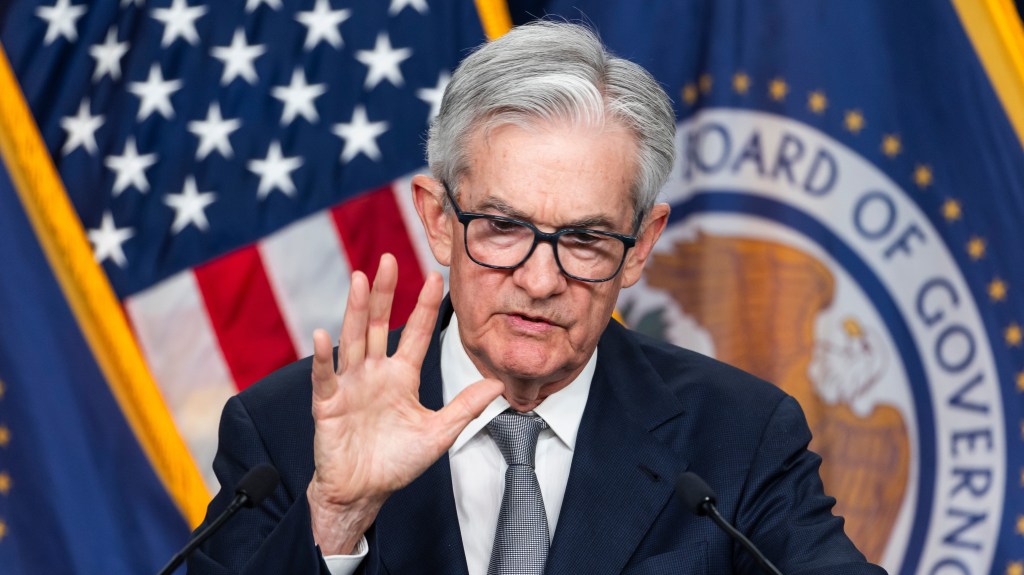Unpacking Kamala Harris’s Economic Agenda: A Closer Look
In a recent interview with ABC News in Philadelphia, Vice President Kamala Harris was asked a direct question about her plans to make life more affordable for Americans. Her response was convoluted, starting with a personal story about her middle-class childhood neighbors and ending with vague commitments to “invest” in small businesses. The connection between her promises and actual price reductions for consumers remained unclear.
Economic policy has been a challenging topic for Harris throughout her political career. There is a general discontent among Americans for her boss’s economic strategy, referred to as “Bidenomics,” particularly due to the accompanying high inflation. Furthermore, her voting record in the Senate classifies her as one of the most liberal members of the 21st century. To appeal to moderate voters, she faces the challenge of presenting herself as a new and centrist alternative to Biden while distancing herself from her previous progressive positions.
To enhance her image as a moderate, Harris recently introduced an 82-page document titled A New Way Forward for the Middle-Class. In it, she declares herself a “capitalist,” a notable choice for someone with presidential aspirations. The manifesto is filled with centrist terminology like “opportunity” and “investment,” yet it also reveals a familiar progressive agenda, encompassing higher public spending, increased taxes, government intervention in industries, and price regulations.
The administration she is part of has already faced a staggering annual budget deficit nearing $2 trillion, which is more than 6 percent of GDP. Under her proposed initiatives, Harris aims to enlarge the welfare state through expanded “tax credits” for families, including those with children, childless workers, and in housing assistance. Additionally, she proposes a $25,000 subsidy for first-time homebuyers and calls for new programs focusing on childcare and social care, potentially leading to hundreds of billions in extra government expenditures.
Moreover, she plans to push for government subsidies across various sectors, including small businesses and vital industries such as semiconductors and biotechnology. The only hint of reform appears to be occasional mentions of easing regulatory burdens for construction.
Harris asserts that she will not raise taxes for families earning less than $400,000 annually while also promising to eliminate income taxes on tips, aligning with Donald Trump’s past pledges. Instead, she intends to target “the rich” and “corporations.” Her plan includes increasing the maximum capital gains tax rate to 28 percent (up from 20 percent) and raising the corporate tax rate to 28 percent (from 21 percent), although economists warn this could lead to lowered investments and diminished wages.
Nonetheless, the anticipated tax revenues are likely insufficient to cover her proposed spending and tax credits. It remains unclear how she will address the funding gap; however, she has supported a previous Biden budget that called for a historic $5 trillion tax increase over a decade, which included a controversial tax on unrealized capital gains for high earners.
The public reaction to her spending strategy is mixed, with many Americans primarily concerned about living expenses. Harris has previously pointed fingers at corporations and landlords for inflation while advocating for national rent control and price caps on essential goods, policies that sparked criticism from economists and allowed for political attacks labeling her views as extreme. While she has since downplayed these suggestions in discussions about lowering living costs, her manifesto continues to propose regulatory measures for rents, fees, and grocery prices during emergencies.
In conclusion, her economic proposals do not represent a moderate approach. Although former President Trump offers his own set of risky fiscal policies, Harris’s economic promises disguise a more extensive plan for government expansion. Beneath her campaign’s facade of centrism is a significant agenda aimed at increasing the size of the American government.
Ryan Bourne is an economist at the Cato Institute and the editor of The War On Prices.




Post Comment